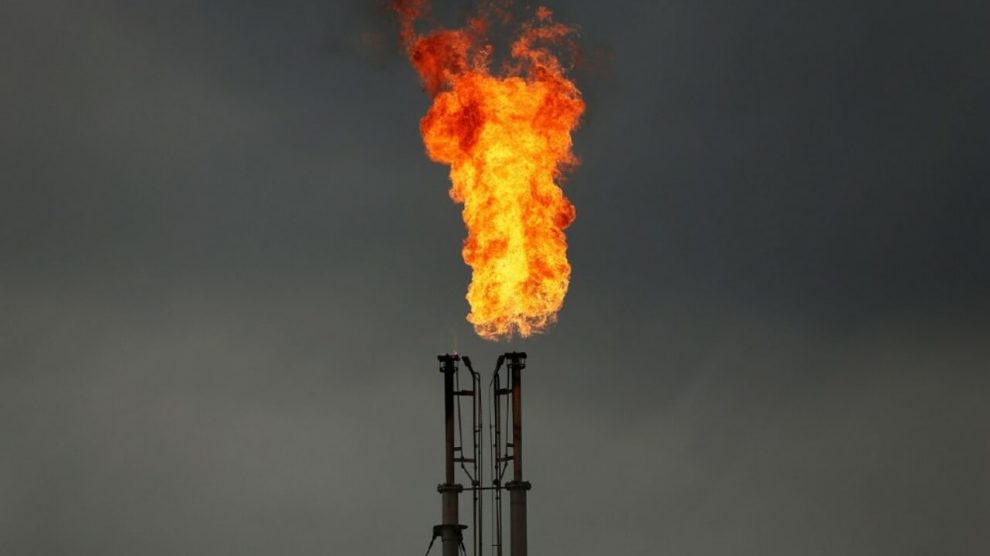Blog
EU’s 87 Billion Euro Natural Gas Investment Risk of Staying Idle

According to a new study, 87 billion euros of natural gas infrastructure under construction or at the project stage in the EU risks being idle.
The new report by Global Energy Monitor, an independent think tank, reveals that the EU’s gas infrastructure worth 87 billion euros under construction or during the project phase is at risk of being idle. In the event that the public and private sectors implement their current natural gas investments, the possibility of reaching the climate targets of the EU will decrease or will have to spend billions of dollars on these projects that will be used much less than their capacity.
Last December, the EU renewed its emissions commitment to a 55% reduction by 2030. An analysis published by the European Commission in 2020 shows that natural gas consumption, a fossil fuel, must drop by 36% between 2020 and 2030 to achieve this goal.
The Global Energy Monitor’s report shows that the current installed natural gas power in the EU is creating excess supply. Despite this, the financial flow to these natural gas projects continues. If all projects under construction or planning are completed, the currently unusable capacity is expected to increase by 35%.
According to the report, the replacement of closed coal plants with natural gas is inconsistent with climate targets; Because infrastructures such as natural gas pipelines, LNG terminals and thermal power plants have long lifetimes and risk making Europe’s energy system dependent on fossil fuels.
“Our research shows that the natural gas infrastructure in the EU continues to build and plan at a pace with the potential to increase the EU’s natural gas import capacity by 35%,” said Mason Inman, lead author of the report and Director of the Oil and Gas Program on Global Energy Monitor. However, the EU’s ambitious climate goals require a sharp decline in natural gas consumption by 2030 and a continuation of this decline until 2050. Therefore, it seems likely that the EU’s emissions will increase in a way that is incompatible with ambitious climate targets, or that the EU will spend billions of euros on natural gas infrastructure that is not needed, ”he says.
This report builds on the findings of the analysis conducted in 2020 by the energy modeling consultancy company Artelys, which reveals that the EU does not need new natural gas infrastructure until 2030 to protect its energy supply security.
